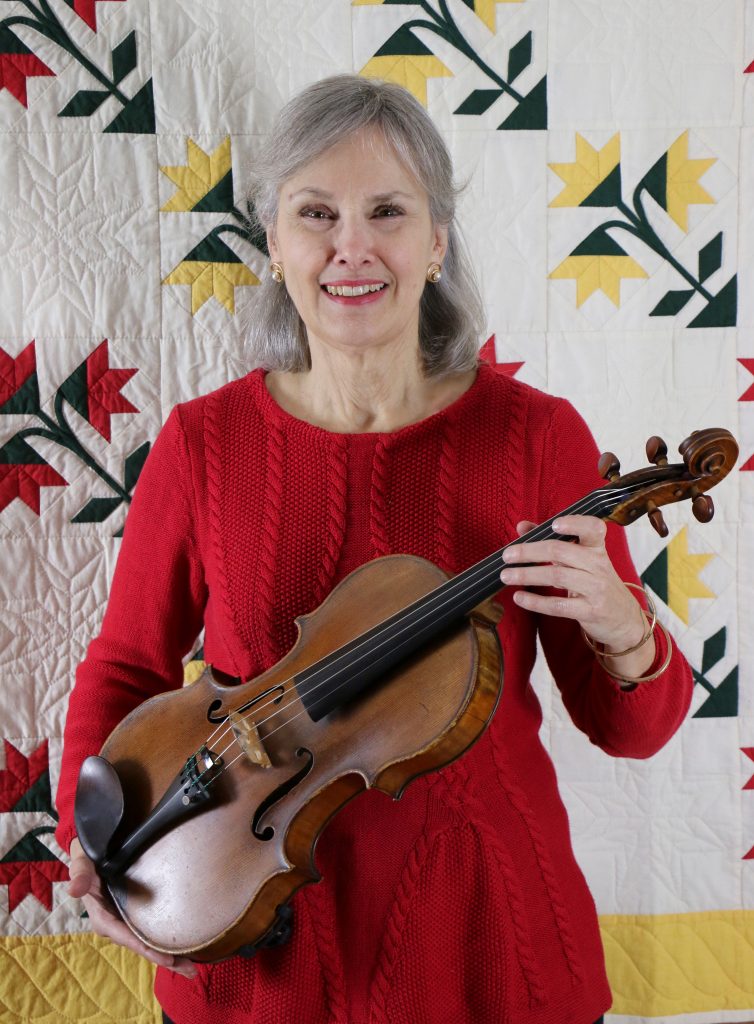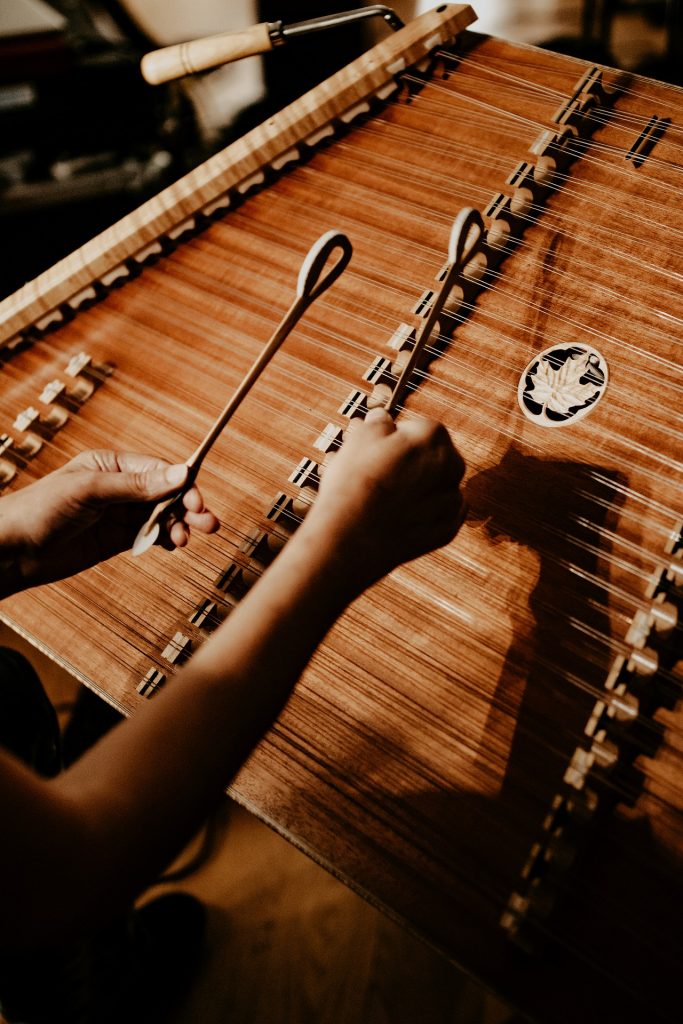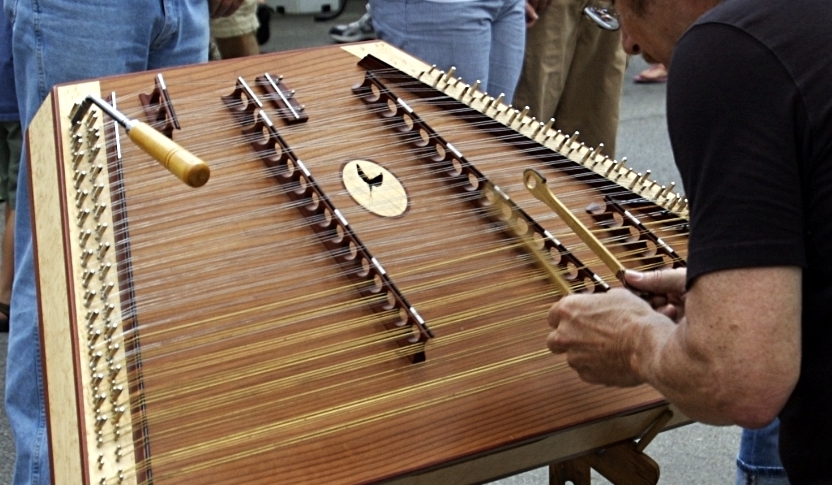Preparing Music: Hungarian Influence
As I prepare my viola parts for the upcoming ISO performances of Hungarian music (Friday, October 15 at 8 am and Saturday, October 16 at 5:30 pm), many influences and experiences from the past will affect my work. The program features the monumental Concerto for Orchestra by Bartok, two Roma violin pieces, and Three Hungarian Sketches by Miklos Rozsa, who is best known for his score for Ben Hur.

So, what are these musical influences that will inform my choices? My husband and I were fortunate to visit Hungary many years ago, where we heard a Roma band playing folk songs. I was astounded by everyone’s facile playing and the perfect form of the violinist which allowed him to do pyrotechnics on his instrument. The instruments in the band were the violin, a viola, a clarinet, an accordion, and a hammered dulcimer.
The hammered dulcimer is played with two wool-wrapped, sickle-shaped mallets. It has a ringing sound due to a second layer of strings underneath the hammered ones which vibrate sympathetically. We watched as the dulcimer player’s mallets struck the strings so fast that they were a blur.
Interestingly, all the pieces we will play on this October program have many instances of the orchestra imitating the rapid, echo-like sound which the hammered dulcimer can produce.
I have also been fortunate to hear a great deal of spoken Hungarian. My viola professor at Indiana University was Hungarian, as were several others on the faculty at the time. I could hear that the language often emphasizes the first syllable and contains many dactyls. Throughout the concert, there are hundreds of examples of this inflection in the music.
The only works which are new to me on these concerts are the Rozsa Sketches. I expect to take what I know from hearing and learning other Hungarian works and apply that knowledge to these pieces. For example, when playing the melodies Rozsa has given to the violas, I will mentally add the sound of the clarinet. When practicing the many fleet pianissimo passages, I will remember the sound of the dulcimer.
I have played the Concerto for Orchestra many times, and I am hoping that after so many years of professional playing, it will not look as terrifyingly difficult as it has in the past. In order to write this article, I dug into the historical context a bit, and learned that it was written very near the end of Bela Bartok’s leukaemia-stricken life, and it is a summary of the many compositional techniques he had mastered. It is also an integration of folk music from eastern Europe, North Africa, France, as well a very deep bow to Bach in the fugal form of the first and fifth movements. The Koussevitzky Foundation, founded by conductor Serge Koussevitsky, and the Boston Symphony commissioned the work following Bartok’s emigration from Hungary to the United States after World War II.
I hope you will be transported to this beautiful country by the wild and haunting melodies and propelling syncopated rhythms. I am looking forward to presenting it to you!

